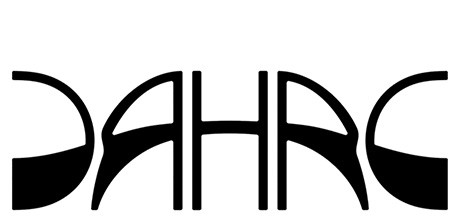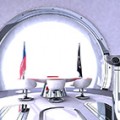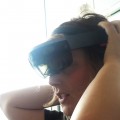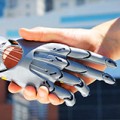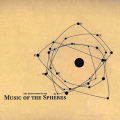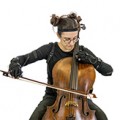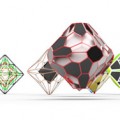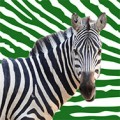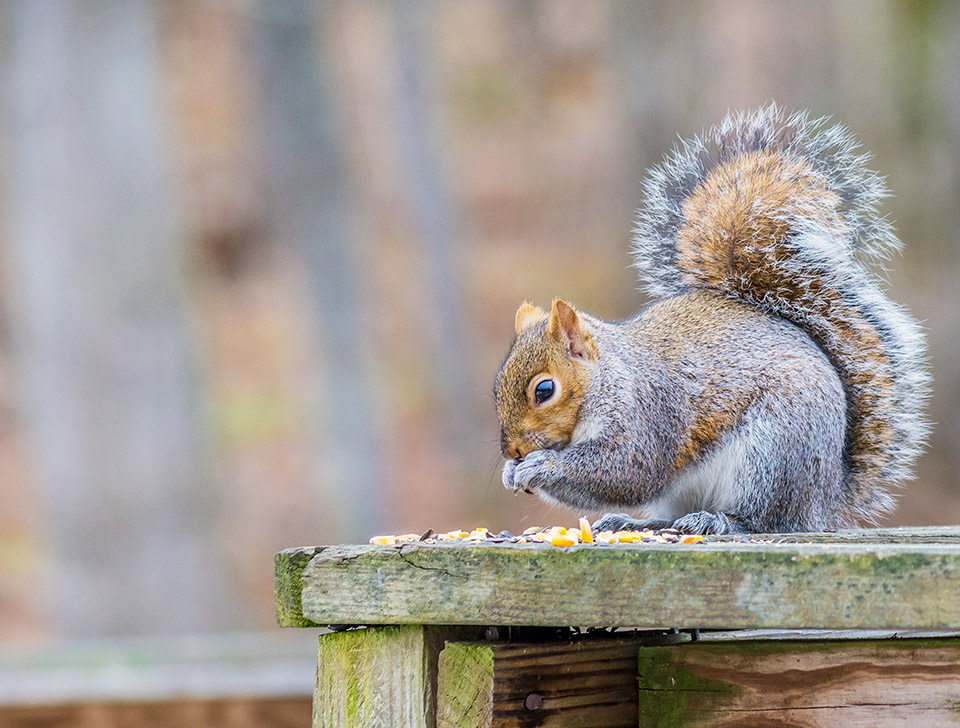
Fauna & Flora NYC is an initiative to engage the public by providing the platform and the tools to empower the people to make positive contribution to the climate change, made possible by integrating natural & data science, technology, education, and social interaction in holistic manner. The initiative seeks to create and provide an effective platform which will integrate the existing as well as future knowledge in natural & data sciences with the behavioral and social lifestyles of people’s lives, which can be made possible by the ubiquitous flood of technology which can increasingly connect the people among themselves as well as with their surroundings and the living matters contained within.

The discussion of the climate often seem “blue-sky” to many people, literally as well as figuratively. While most people agree and recognize the need for increased awareness and responsibility for the climate change, yet often lack the particular tools for participation beyond recycling, donations, and verbal expressions of their opinions.
Presentation about air pollution in China named “Under the Dome”
The Fauna & Flora NYC project recognizes such limitation, and seeks to provide a wider spectrum of participation by the people, while providing the focused direction to the science and technology experts for going forward.
Fauna & Flora NYC makes the case that there is high value in bringing the concern for the climate “down from the sky” and “into the everyday lives of people”, to connect with the birds, squirrels, bees, dogs, cats, flowers, and herbs, living in the parks and street sides of NYC as well as people’s workplaces, kitchens, and bedrooms.
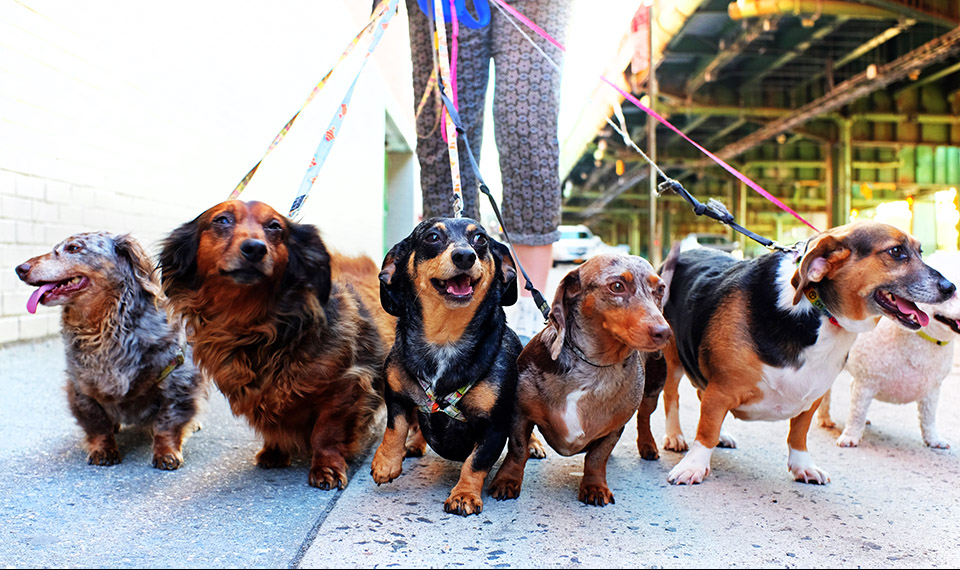
The high level of empathy in people connecting to the climate via animals is shown in the response to the image of the struggling polar bear on the melting iceberg.
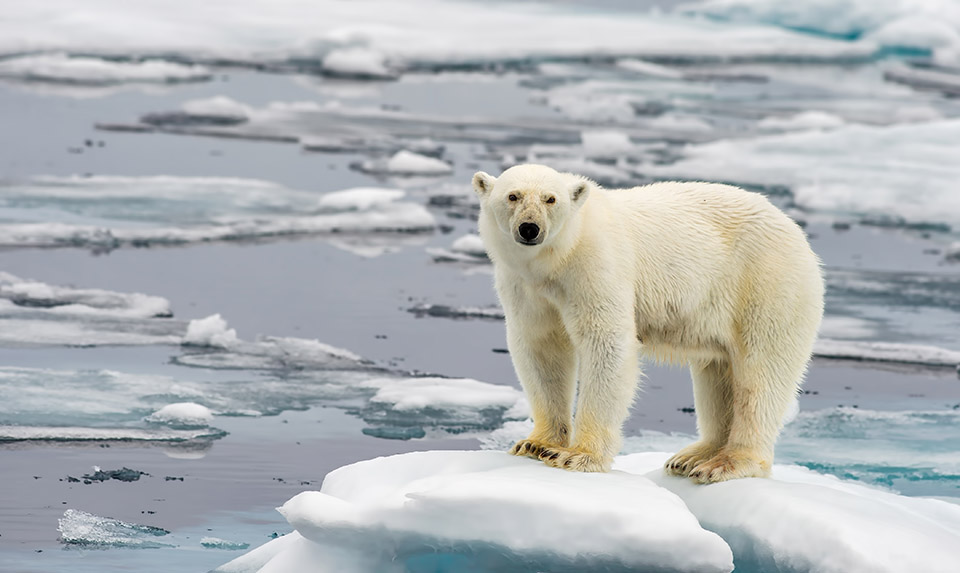
Animals and plants have innate ability to know the changes in the climate. Therefore, observing the movements, behaviors, and migration patterns of animals, as well as the growth & proliferation of plants, would elicit some of the most revealing barometers of the health and state of the climate. With the living organisms serving as the ambassadors of the climate, it would be deemed worthwhile to observe, track, follow, analyze, visualize, and learn from the various living beings around us in the urban environment. When such data is juxtaposed with the climate data and looked at through the eyes of pattern recognition algorithms, much will be revealed about the connection between the climate and the fauna & flora around people, while the people are happily interacting with the organisms through their daily lives, contributing to the data and learning from the platform community.
New York City possesses the pertinent non-profit organizations and communities with the scientific knowledge, technology, and resources to make the initiative possible and ideal. Regarding living organisms, there is the American Museum of Natural History, Bronx Zoo, New York Botanical Garden and the Central Park Conservancy who can speak to the natural scientific and biological aspects.
For the technological and data scientific aspects, there is a vast ecosystem of tech community, corporations, and universities who can be made available as collaborative partners for the overall as well as portions of the initiative.
FitBit for dogs: Squeaker’s Buddy dog collar
In summary, the Fauna & Flora NYC initiative through its platform will seek to provide an ongoing direction for variety of projects for universities and corporations, while providing the public with education, empowerment, and engaging experience in contributing to positive climate change via interaction with the living organisms.
The love of nature and life, enabled by the application of data science and the Internet of Things, ultimately resulting in improved climate, is the essence of the Fauna & Flora NYC.
The Fauna & Flora NYC Initiative was recognized by the Data Science committee of the prestigious BLOOMBERG D4GX and STRATA+HADOOP World and were invited to present at the 2015 conferences.
